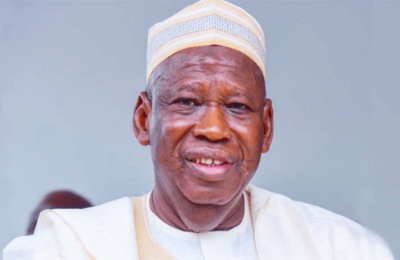
GOVERNMENTS are missing the opportunity to harness the full potential of social protection systems to mitigate the impacts of the climate crisis and ensure a just transition, according to a new report from the International Labour Organisation (ILO).
The report highlights that countries most affected by climate change often have the weakest social protection measures in place.

Titled ‘The World Social Protection Report 2024-26: Universal Social Protection for Climate Action and a Just Transition,’ the study reveals that for the first time, over half of the global population (52.4 percent) has some form of social protection, a rise from 42.8 percent in 2015, the year the Sustainable Development Goals were established.
Despite this progress, the report reveals stark disparities. In the 20 countries most vulnerable to climate change, 91.3 percent of the population – about 364 million people – remain without any form of social protection.
In the 50 most climate-vulnerable nations, 75 percent of the population (2.1 billion people) also lack such coverage. Children are particularly at risk, with 76.1 percent globally still without adequate social protection. A significant gender gap persists as well, with women less covered than men (50.1 percent compared to 54.6 percent).
These gaps are alarming given the critical role social protection could play in lessening the consequences of climate change, enabling communities to adapt and supporting a transition to more sustainable practices.
“Climate change transcends borders and its impacts affect us all,” said Gilbert F. Houngbo, Director-General of the ILO. “It is the greatest threat to social justice today, particularly in the countries that are least equipped to handle it. The crisis in these regions will have a ripple effect on the global community.”
Houngbo emphasised that social protection, which includes income security and healthcare access, can help people withstand climate-related shocks. Additionally, such systems can provide crucial support during the transition to greener economies by offering workers opportunities for training in low-carbon industries and ensuring decent jobs with adequate protections.
However, despite its transformative potential, governments are failing to maximise the use of social protection systems, mainly due to persistent coverage gaps and inadequate investment.
Globally, countries spend an average of 12.9 percent of their gross domestic product (GDP) on social protection (excluding health), with high-income nations investing 16.2 percent on average.
In contrast, low-income countries – many of which are most vulnerable to climate impacts –allocate just 0.8 percent of their GDP to social protection. The report estimates that an additional US$308.5 billion per year is needed in these nations to provide even basic social protection, a sum that will likely require international assistance.
The ILO report calls for comprehensive policy measures to address these gaps, urging governments to significantly invest in social protection systems that can respond to both routine risks and climate-induced shocks.
It also recommends using social protection to support climate change mitigation and adaptation efforts, while ensuring public support for these actions.
For low-income countries, external financial assistance will be essential to close these gaps and enable them to meet the growing challenges posed by the climate crisis.
READ ALSO: Independence Day: IGP Egbetokun orders water-tight security nationwide







